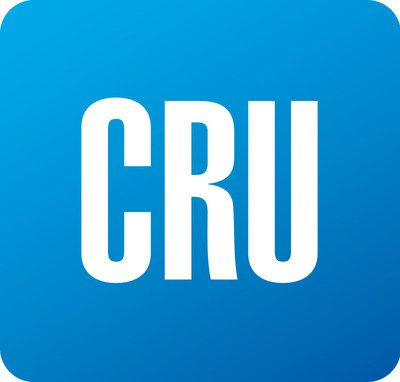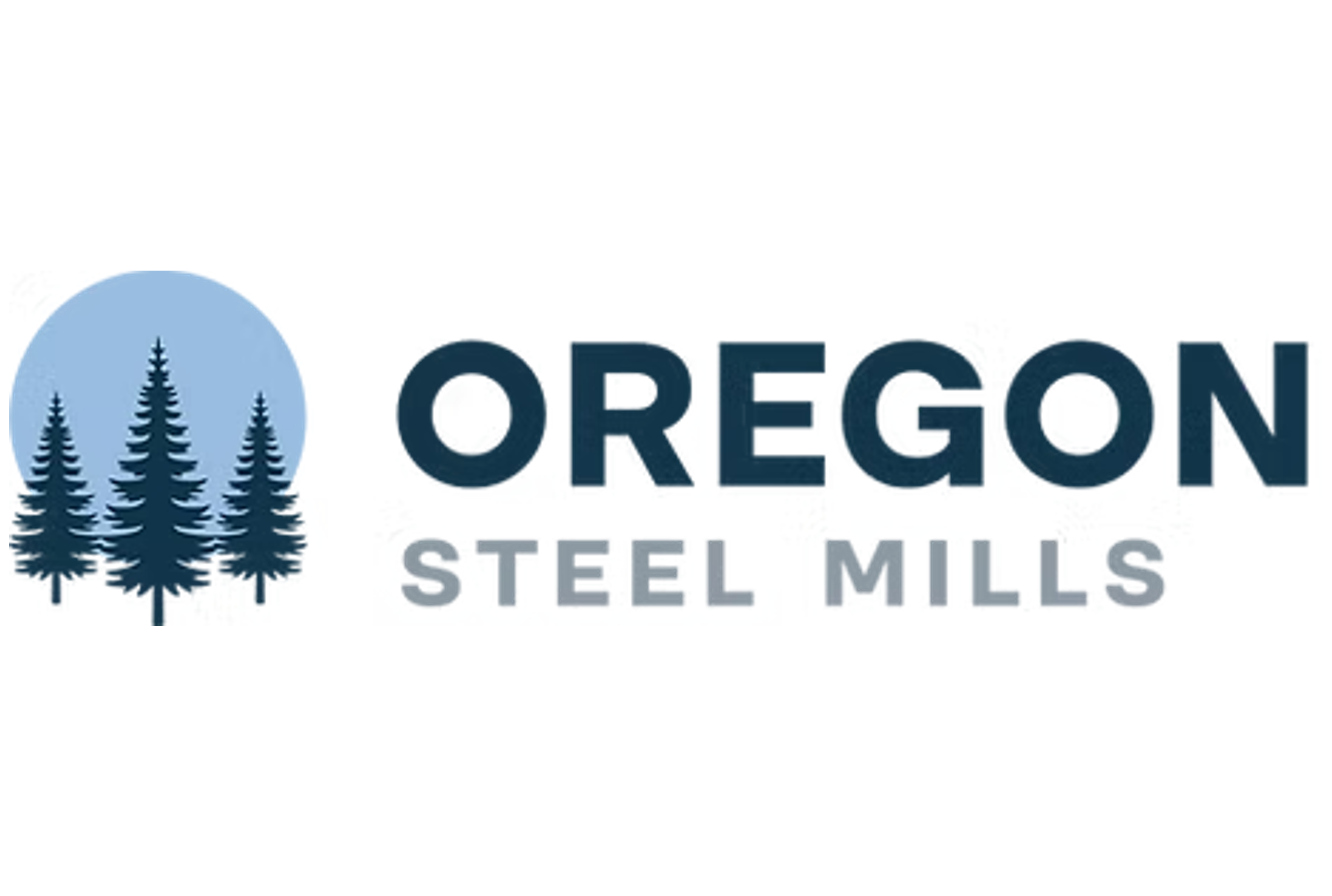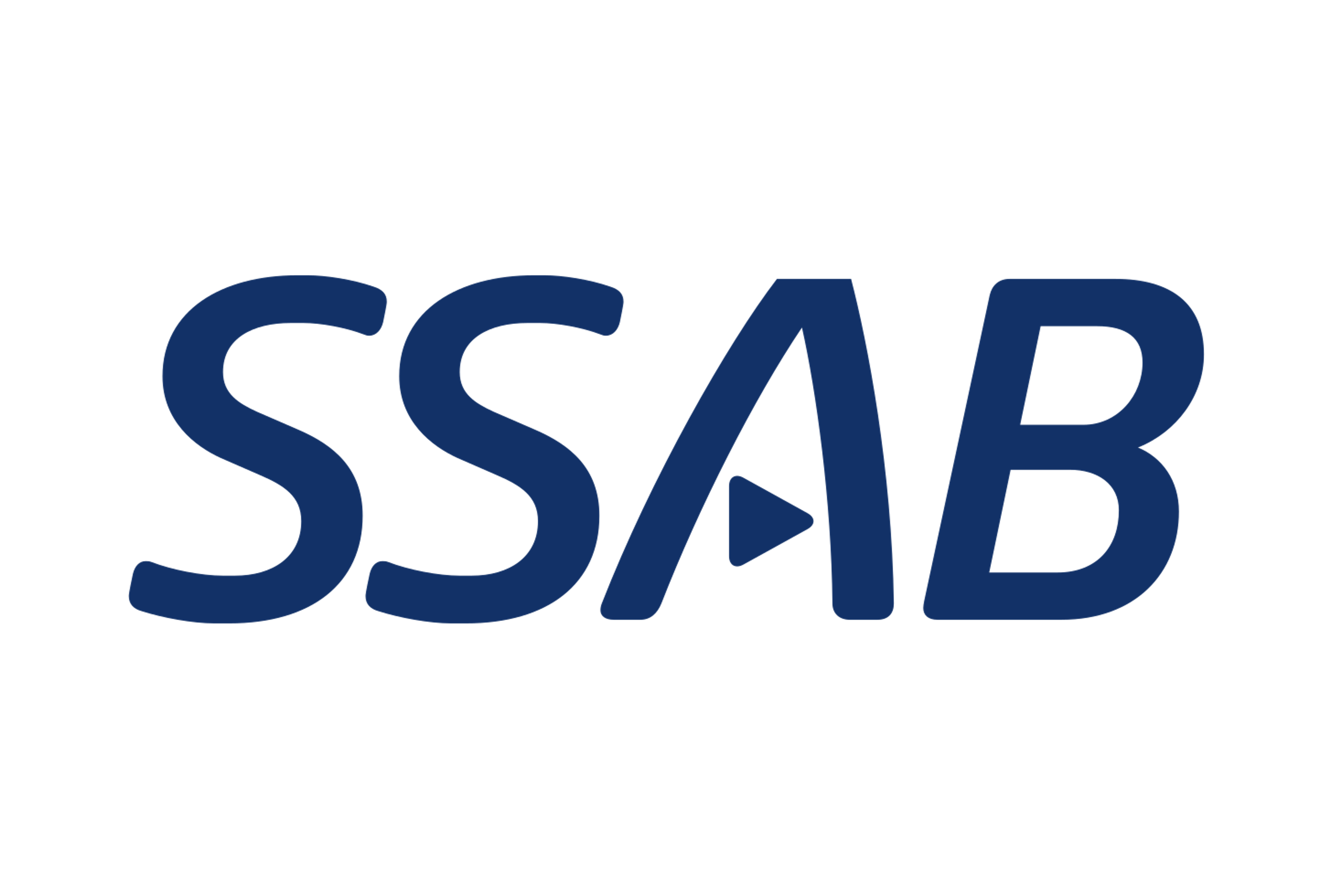Prices

June 17, 2021
CRU’s Spoores: Evidence Suggests Prices Near a Turning Point
Written by Tim Triplett
Steel prices will turn lower and quickly fall back in the next 6-12 months, but mill profitability will remain substantial, predicted Principal Analyst Josh Spoores during CRU’s virtual New York Steel Seminar on Wednesday.
Steel prices have hit historic highs, with hot rolled offers at more than $1,700 per ton, as demand continues to outstrip supply. But the supply deficit in steel sheet is already starting to ease, Spoores said. Both mill production and flat rolled imports are on the rise. In the next six to nine months, nearly 12 million tons of new capacity will have been added to the North American market, including three new electric-arc furnace mills in the U.S. and two new hot strip mills in Mexico.
“By the end of this year we should be at or above 2018 production levels. And we are seeing imports at the highest level since before the Section 232 trade barriers were put in place,” he noted. “We expect higher levels of imports to come in at least through September, though import prices are rising and becoming less competitive.”
As steel supplies go up, steel prices will inevitably go down. CRU forecasts that the benchmark hot rolled steel price will peak around $1,720 per ton before declining to $744 per ton by December, averaging $1,182 in the second half. Such a sharp decline has implications for producers and stockholders alike.
The premium between mills’ cost of production and the price of finished steel has generated record profits for steelmakers, “probably their best year ever,” Spoores said. While margins will narrow, mills should still fare well in the near term even as prices correct, he added. “Especially since their contracts lag the [declining] market, mill earnings should be substantial this year and maybe even into Q1 2022.”
Most service centers have kept a tight rein on inventory levels in anticipation of a reversal in steel prices. Steel Market Update data on service center inventories suggests they may have reached a turning point as shipments are increasing while lead times for new orders are plateauing and on-order volumes have begun to decline. Service center inventories, in a substantial deficit last fall, could be balanced as soon as the end of June, Spoores said. And the trend looks the same for steel plate, with the inventory balance lagging sheet by a month or two.
“Steel demand will rise at a strong rate over the next few years…as long as we don’t see another economic shock that restricts growth,” Spoores said.
Editor’s note: Josh Spoores will be among the CRU experts speaking during Steel Market Update’s Steel Summit in August. Click here for more information and to register.
By Tim Triplett, Tim@SteelMarketUpdate.com






